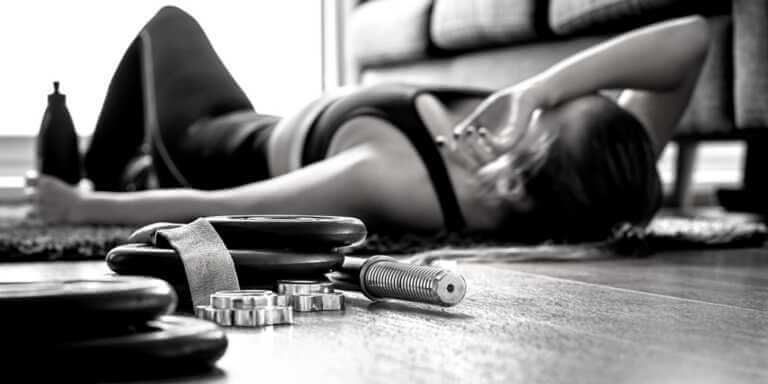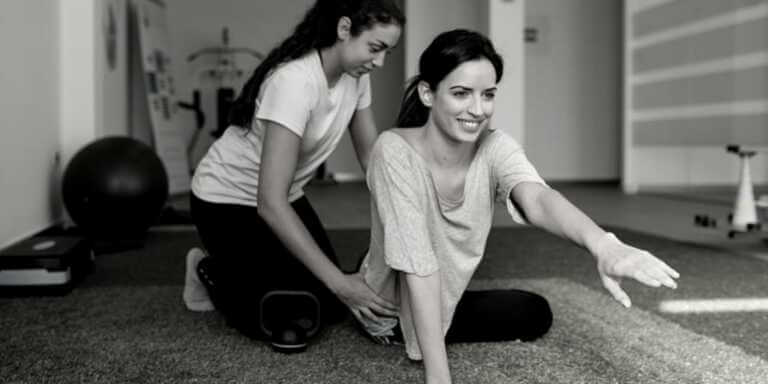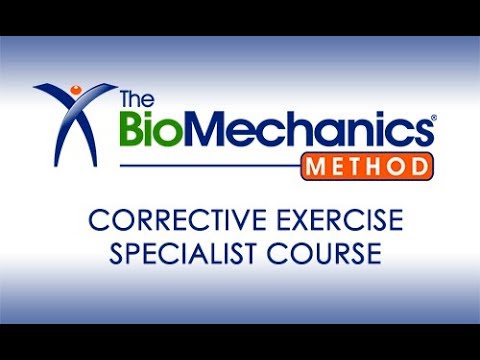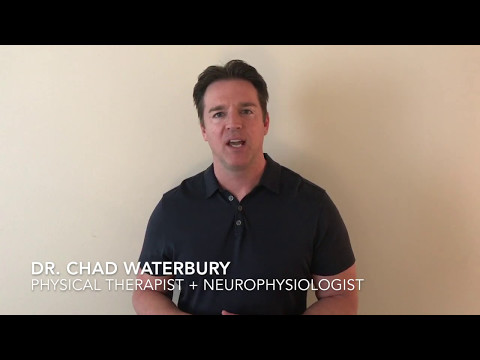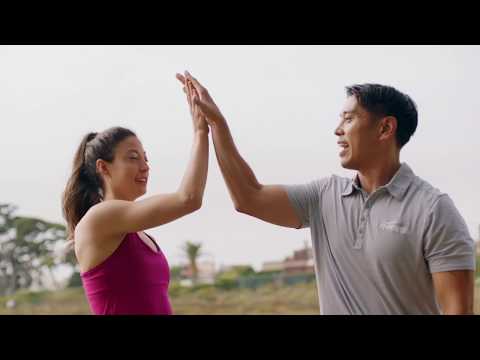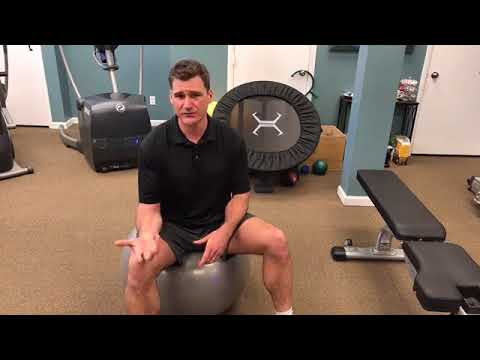Meditation seems simple, doesn’t cost anything, and is highly effective, but that doesn’t mean it’s easy. And to be honest, it actually is pretty easy once you understand it, it’s just not what people expect it to be. Thes expectations can lead to having trouble meditating.
Beginners have all sorts of troubles when meditating, but most of them aren’t really problems. The complaints beginners have are simply part of the meditation process.
Meditation can work for everyone that puts in the time and effort.
Common Reasons People Have Trouble Meditating
1. Your mind is too active
Of course, it’s active. It takes practice before the mind quiets down, and it’s rarely silent even after years of practice. It takes about 20 minutes for experienced meditators to notice a slowing down of the mind.
This isn’t really a problem. Part of the purpose of meditating is to learn how your mind operates. This is how it operates.
Just return your focus to your breath.
2.Your mind wanders
It’s not uncommon to suddenly realize that you’ve been daydreaming for the last five minutes. The solution is the same as the previous issue. Just return your attention to your breath and continue.
3. A lack of consistency
Meditation needs to be done daily to see the greatest benefits. It also needs to be done daily to gain a high level of proficiency. You can’t become skilled at what you don’t practice. Get as much practice as you can.
4. You fall asleep
It’s not easy to fall asleep if you have the proper posture. It should be impossible to stay asleep if you have the proper posture, as you’re sure to lose you balance and fall over.
The best position for meditating is to sit up straight. If you lie down, you may struggle to stay awake.
5. Body pains
Holding one position can be painful, especially when you’re just starting out with meditation. Over time, your aches and pains will largely go away.
It’s best to try to remain still. Shifting your position will only give temporary relief, and the process starts all over again. No matter how much it hurts, you’ll find the pain fades away and eventually moves to another location if you stay still.
Itches fall into the same category. Just leave them alone and observe them.
6. Boredom
Yes, meditation can be boring, especially if you’re used to significantly more stimulation. Learn to sit still with your boredom and just observe it. Boredom can be more fascinating than you might think.
7. Rationalizing that quitting is a good idea
Common thoughts include things like, “This is a waste of time.” “Why am I doing this?” “Is this all there is?” Again, just sit with your thoughts and notice them. Every thought is as meaningless as the next.
Just realize that it’s your discomfort with stillness that’s bothering you. You’ll come to understand that many of the things you do in your life are to avoid this feeling. This includes things like staring at the TV and overeating.
Finding/Making time
The “not having time” excuse is hardly a valid excuse. If it’s important enough, you’ll make time.
Go to bed 20 minutes early and sit in the corner. Or get up 20 minutes early and do the same. The truth is, after a little practice, you can meditate at your desk or on a bus.
If you had time to watch TV, surf the internet, or play on your phone, you had time to meditate.
9. Desiring perfection
Perfection in meditation isn’t achievable, but you don’t need to be perfect. Put in the time with your best effort. That’s all that’s required.
10. Expecting more
Meditation rarely involves earth-shattering insights. It’s a gradual process that brings understanding over time.
The common troubles above aren’t really problems per se. They’re simply misunderstandings of what normally occurs during a meditation session. Just keep at it and have faith that everything is as it should be.




